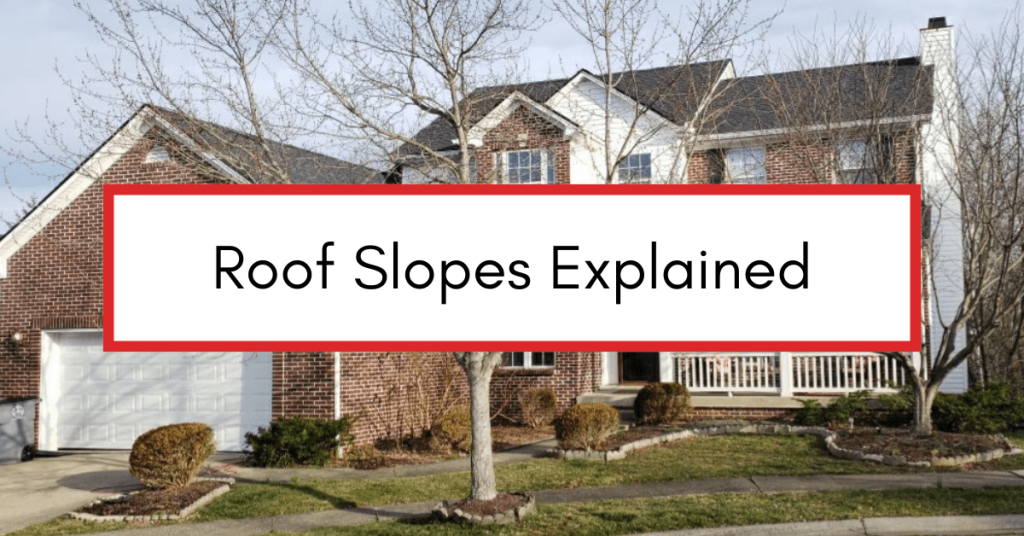Roofs, whether sloped or flat, offer protection against weather and debris. Choosing the right slope for your roof, however, might affect other factors, like materials and curb appeal. AIC Roofing and Construction helps enumerate the available roofing slopes in the business and how they differ from one another.
How Do You Determine Slope?
The slope of the roof can also be called its pitch. The pitch is the vertical rise of your roof from the base of your decking counted for every horizontal twelve-inch lengths. So a roof that has a 6/12 slope means for every 12 inches of horizontal increase, it rises by 6 inches. The different types of slopes are the following:
-
Flat Roofs: 2/12
-
Low Slope: 2/12-4/12
-
Conventional Slope: 4/12-9/12
-
Steep Slope: 9/12 and higher
For today’s discussion, we’ll consider the low slopes and the flat as one, and the conventional and steep slopes together as they have similar materials, functionality and aesthetic.
Flat and Low Slopes
Flat and low slope roofs cover the lower spectrum of a roof’s pitch and provide roof protection at an affordable cost. With a pitch height of 4/12 at maximum, some examples of these roofs are single-ply membrane or built-up roofs.
They are also easier to install and require fewer roofing materials and less labor. These types of slopes are popular in industrial areas where space and efficiency is valued above all else.
Conventional and Steep Slopes
The higher pitch range (ranging from 4/12 to 12/12) of conventional and steep slopes allows them to use shingles and tiles for their main roofing material; allowing for more variety and options to personalize your own roof. High-pitch roofs also contribute to your curb appeal with their wide selection of colors, patterns and styles to choose from. Another great thing about high-pitch roofs is they provide added protection to your roof without needing much maintenance and roof repair.
For roofing replacement services, you can always trust AIC Roofing and Construction. Give us a call or fill out our contact form to schedule your free inspection. We serve homeowners in Frankfort, Georgetown, Nicholasville and all across central Kentucky.
Default insurance Lexington Louisville Richmond roof replacement
